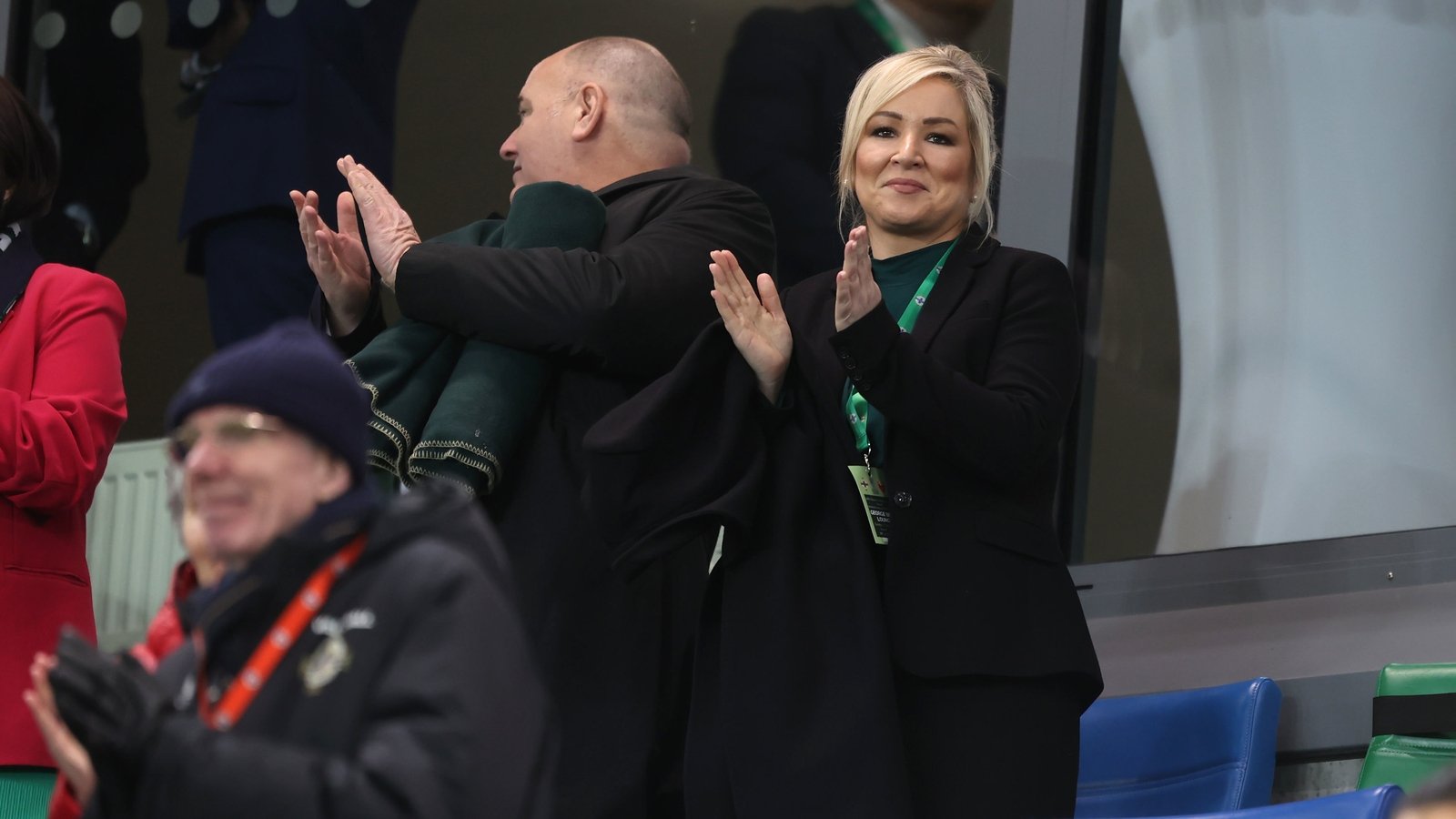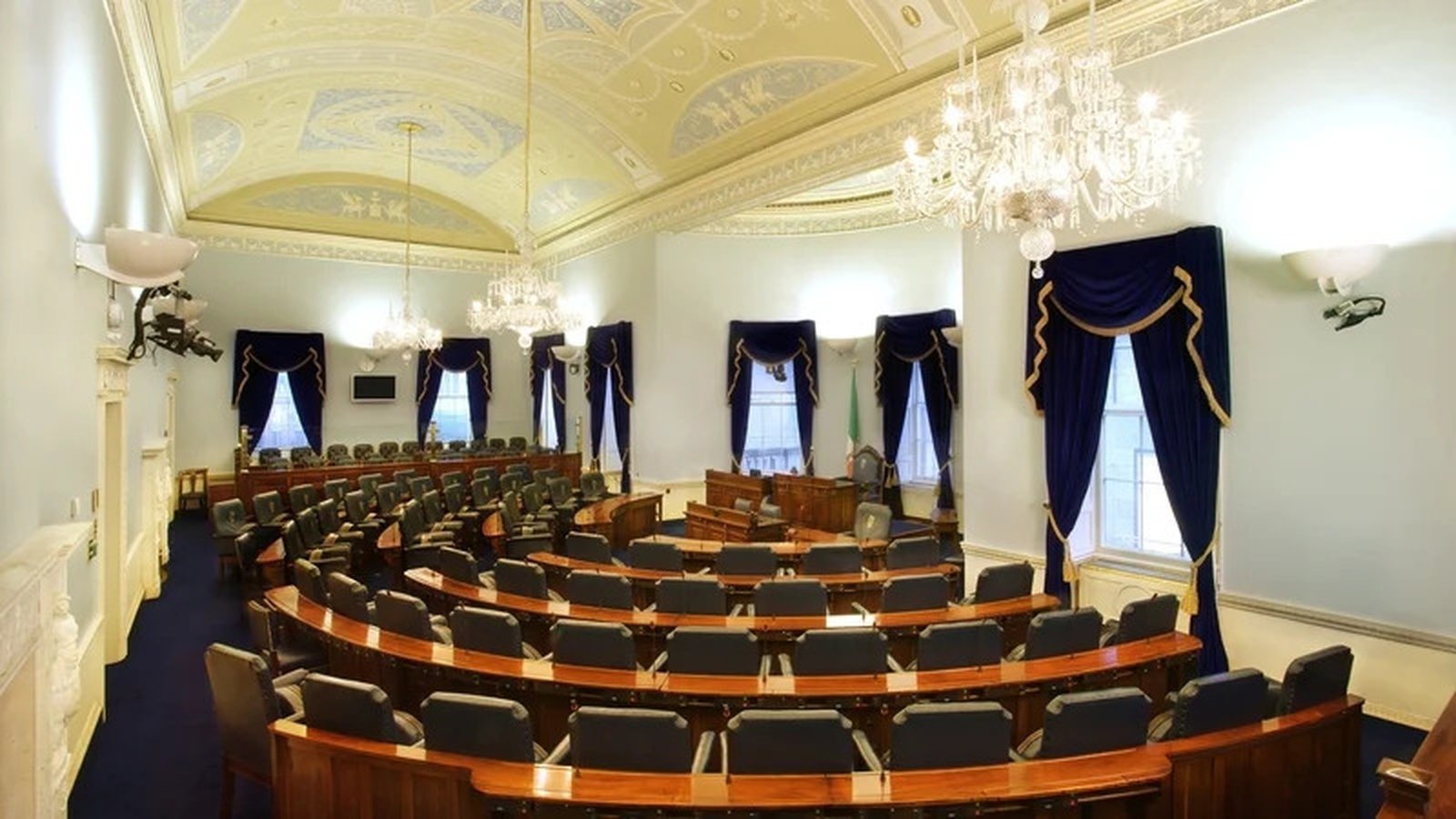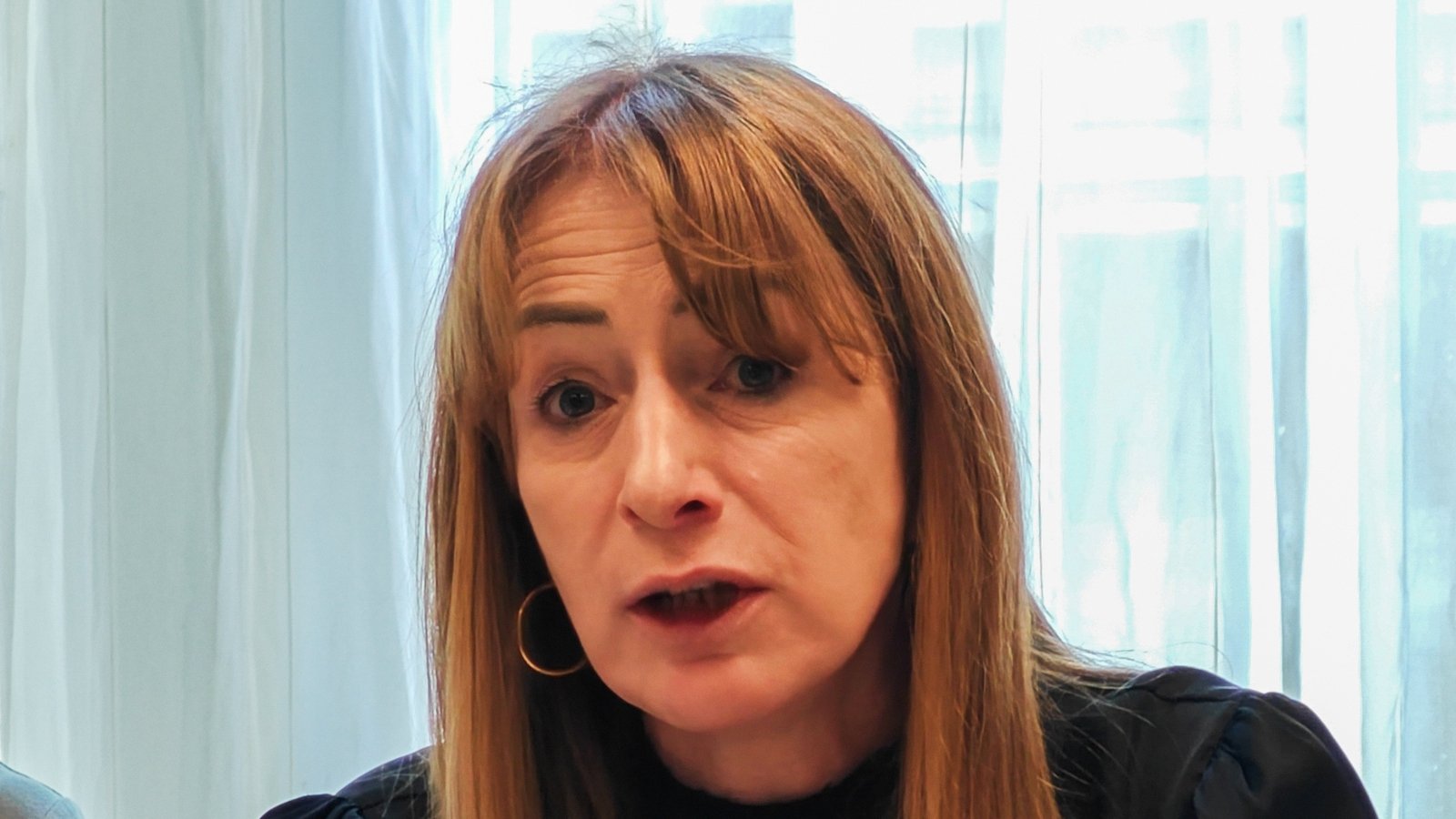Five other things unearthed in the State papers
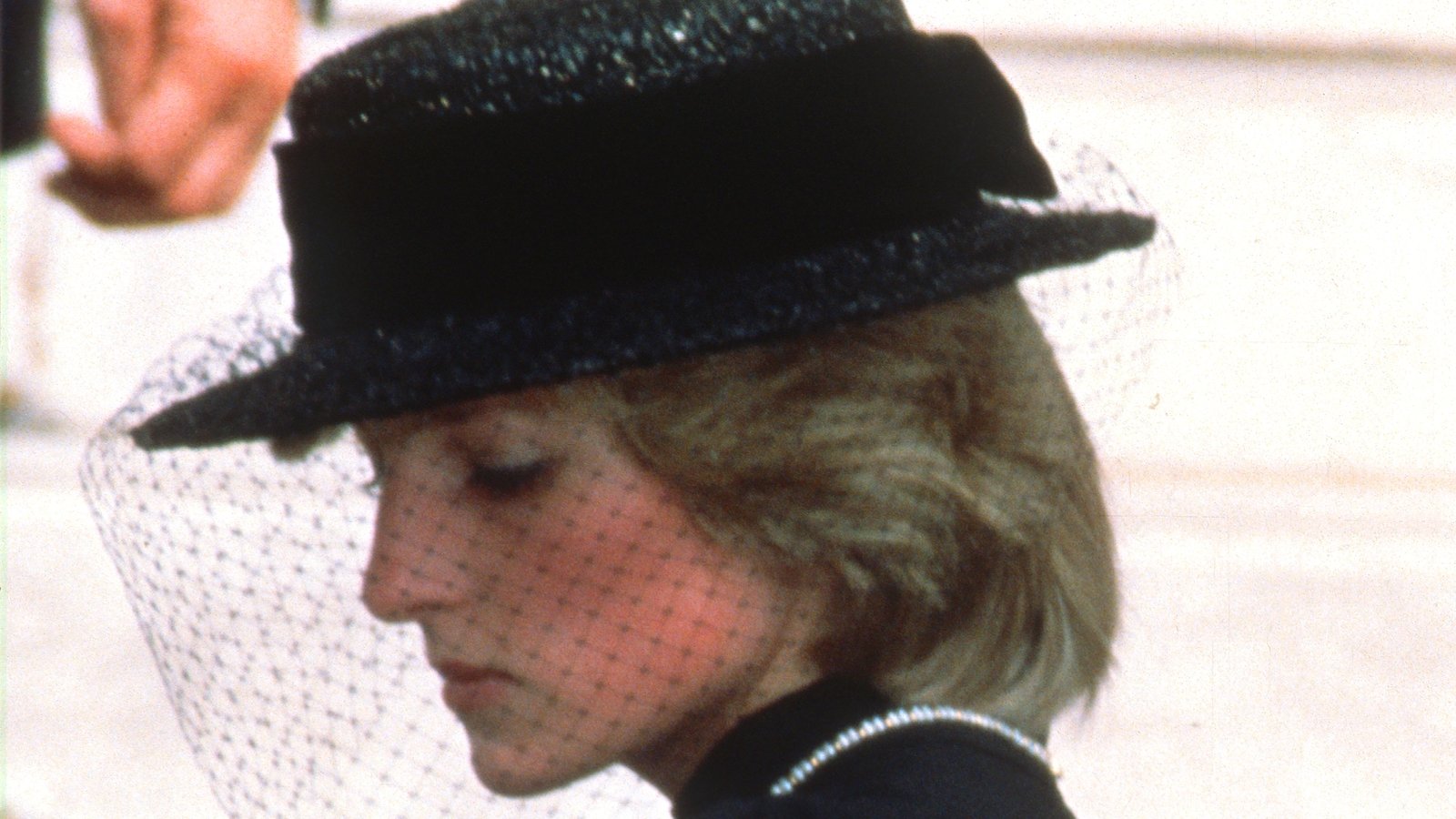
Every year, the release of State Papers around Christmas time draws a flurry of interest as stories that many may have forgotten resurface.
Some of the main stories to re-emerge have been covered elsewhere, but here are five other things we learned from this year’s archive release:
Rising star Blair and who will ‘pick up the tab’
In 1993, the Irish Embassy in London was enthusiastically reporting on a rising Opposition politician, Tony Blair, then the shadow home secretary. He was “one of the most impressive of Labour’s front bench team”, “a real force in the Labour Party, youthful, articulate and popular”, “the outstanding performer of the next generation and… often spoken of as a future Labour leader”.
The embassy urged that everything possible be done to facilitate a Blair visit to Dublin, where he wanted to meet Tánaiste Dick Spring and minister for justice Máire Geoghegan Quinn. His office said they were also interested in having ‘a good time’ during the visit, possibly involving Irish music such as U2.
But there were limits to Dublin’s willingness to help; while advice was given on hotels, an official noted he had “tried to steer the thin line between appropriate hospitality and being forced to pick up the tab”. [2023/53/73]
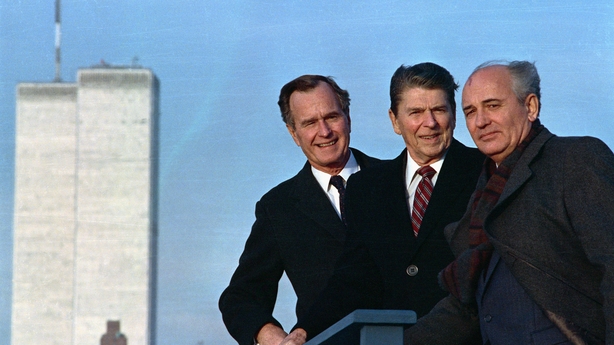
Gorbymania hits ‘farcical’ high
The last leader of the Soviet Union, Mikhail Gorbachev, was an international superstar, as was shown during a visit to Shannon in April 1989, when he was mobbed by crowds. The Department of Foreign Affairs complained afterwards that “a free-for-all ensued with the world and his wife mobbing the president at the steps of the aircraft”.
The scenes, when Taoiseach Charles Haughey was supposed to be bidding farewell to the visitor, were “nothing short of farcical”. Because of the crush, television cameras and photographers were blocked from doing their job: “The result was the melee was well and truly recorded but the departure was not.” [2023/47/1930]
‘Adroit handling’ of homophobic attack
The Irish Embassy in Washington was warned by the White House of the danger of bad publicity after a prominent gay American writer was brutally assaulted in Sligo. An official on the National Security Council said the investigation into the assault would need to be carefully handed “if the potential for public and media embarrassment was to be minimised”.
Robert Drake suffered a vicious attack, which left him with permanent brain damage and using a wheelchair, in his apartment in Sligo in January 1999. American newspapers portrayed the attack as a so-called “gay bashing” incident.
Several weeks later, US official Larry Butler told the Irish Embassy that members of the gay community had been in touch with the White House “to relay concerns about the case”.
Butler advised there was a need “for adroit handling of the investigation” if the potential for public and media embarrassment was to be minimised. Two Sligo men, Ian Monaghan and Glen Mahon, were jailed for eight years each for the assault the following year. [2022/45/98]
Princess Grace, Prince Di and Nancy Reagan
Officials at the Department of Foreign Affairs were not impressed with the organisation of the September 1982 funeral of Princess Grace of Monaco, which was attended by President Hillery. An internal memo on the funeral spoke about “confusion”, lack of proper organisation, and “extreme” heat in the church.
The muddle was so bad that President Hillery was put in the wrong car by Monegasque officials in order to get him to the reception in the palace on time.
At a time of some tension in Anglo-Irish relations, it was decided that the president should acknowledge the British representative, the Princess of Wales, if they came face-to-face, but that “he would not seek her out”.
On a happier note, the president, a former European Commissioner, was able to act as interpreter between two First Ladies, Nancy Reagan of the United States and Danielle Mitterrand of France. [2023/47/2344]
H Blocks host ‘sensitive’ visit
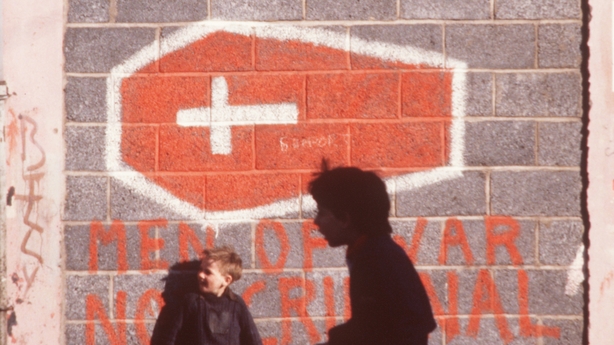
In 1980, the US Department of Justice was keen to look at the most modern prison buildings to get ideas for their own plans – and in particular wanted to visit the H Blocks in the Maze.
Not surprisingly, the proposal didn’t go down well with their colleagues in Foreign Affairs, in the middle of the so-called “dirty protest”, and just five months before the first Maze hunger strike began.
Foreign Affairs officials said a tour of the H Blocks would be “sensitive”, “not appropriate”, and a possible cause of “political embarrassment if word got out about the visit”.
Justice insisted they needed to look at the prison to make the trip worthwhile but promised that it could be done “without visiting any area where political prisoners are imprisoned”.
It’s not clear from the file if the visit went ahead, but if it did, the Irish officials seem to have remained out of sight. [2022/48/632]
By David McCullagh and Shane McElhatton


